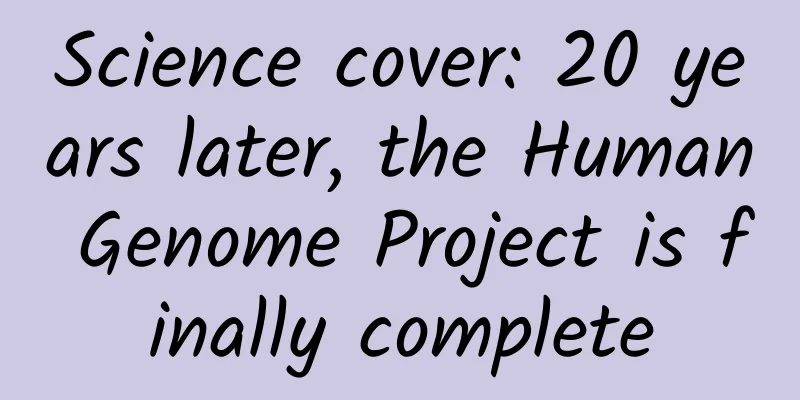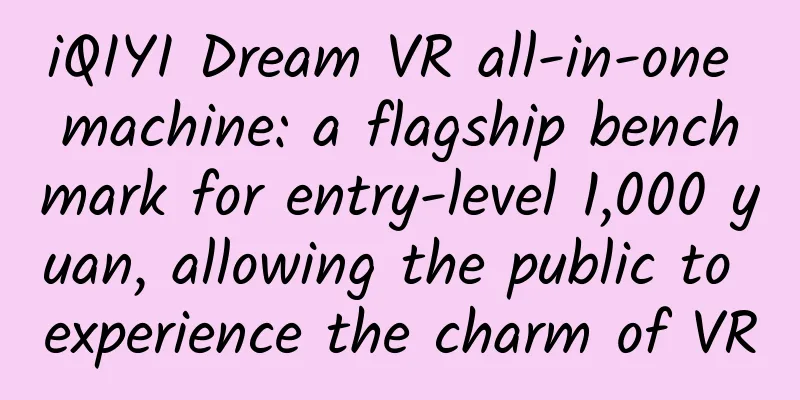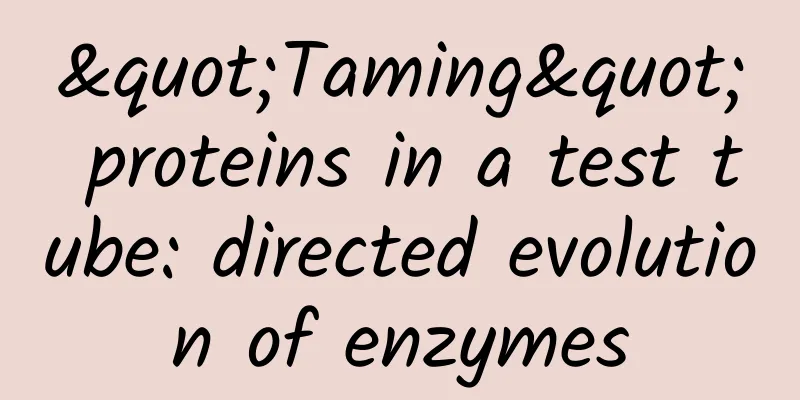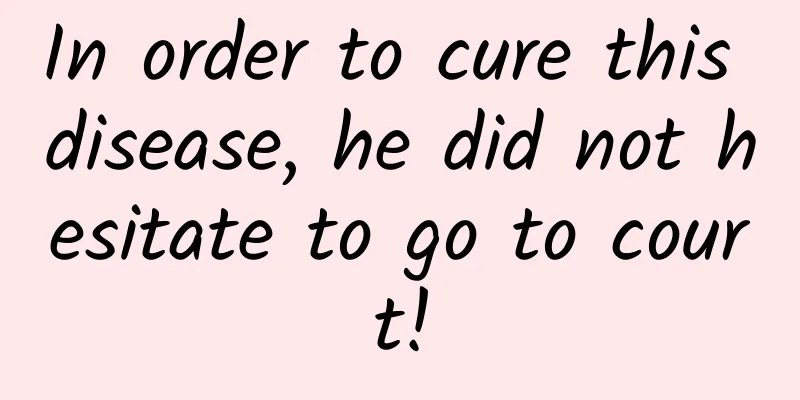Science cover: 20 years later, the Human Genome Project is finally complete

|
This Friday, the latest issue of Science magazine published six articles at the same time, and introduced the latest achievements of the Human Genome Project on its cover. This is also a new milestone of the Human Genome Project after more than 20 years: a more complete human genome. The Human Genome Project, which was completed more than 20 years ago, actually missed about 8% of the DNA sequence. These missing parts are mainly the centromeres in the middle of the chromosomes where the DNA sequence is highly repetitive, and the telomeres at the ends (which were largely considered junk before). For more than 20 years, researchers have believed that these regions may play a key role in evolution and disease. In the latest published results, a team of about 100 scientists completed the complete sequencing of the entire human genome for the first time and published the complete results in the journal Science. The researchers said that the completion of the complete human genome sequencing is an important scientific achievement, providing the first comprehensive view of human DNA. This most basic information will enhance the understanding of all the subtle functional differences of the human genome and promote genetic research on human diseases. A Moon Shot in Life Sciences The Human Genome Project (HGP) is a large-scale, multinational and interdisciplinary scientific exploration project. Its purpose is to determine the nucleotide sequence of 3 billion base pairs contained in human chromosomes (haploids), so as to draw a map of the human genome and identify the genes and their sequences it carries, so as to achieve the ultimate goal of deciphering human genetic information. The Human Genome Project was first proposed by American scientists in 1985 and officially launched in 1990. Scientists from the United States, Britain, France, Germany, Japan and my country jointly participated in this Human Genome Project with a budget of US$3 billion. As of April 14, 2003, the sequencing work of the Human Genome Project has been completed. Among them, the publication of the working draft of the human genome in 2001 is considered a milestone in the success of the Human Genome Project. The Human Genome Project is known as one of the three major scientific projects, along with the Manhattan Atomic Bomb Project and the Apollo Project. It is another great project in the history of human science and is hailed as the "moon landing project" of life science. The human genome is spread across 23 pairs of chromosomes and consists of more than 6 billion individual DNA bases, roughly the same number as other primates such as chimpanzees. To read the genome, scientists first chop all the DNA into fragments hundreds to thousands of letters long. Sequencing machines then read the individual letters in each fragment and then try to assemble those letters in the correct order, like a complex jigsaw puzzle. (Source: Pixabay) One challenge, however, is that some regions of the genome repeat the same letters over and over again. Duplicated regions include the centromere, which is the part that connects the two chromosomes together and plays a key role in cell division, and ribosomal DNA, which provides instructions for the cell's protein factories. Still other repeated sections include new genes that may help species adapt to their environments. It is because of these DNA repeats that some DNA fragments cannot be assembled in the correct order when the human genome is sequenced. Another obstacle is that most cells contain two genomes - one from the father and one from the mother. When researchers try to assemble all the fragments, the sequences from each parent may be mixed together, thus masking the actual variation in each individual genome. Although the Human Genome Project was heralded as a huge success in 2003, it was actually a little short of victory. More than 8% of the genome had not been deciphered, and these missing parts contained highly repetitive sequences and were largely considered "junk." But that wasn’t actually the case, says Eichler, who is also a Howard Hughes Medical Institute (HHMI) investigator at the University of Washington. “It turns out that many of the regions I was interested in were in the gaps.” The first complete human genome With the rapid development of gene sequencing technology, scientists have realized that the latest sequencers have the ability to accurately read millions of bases of DNA fragments at a time, which opens the door to finally solving the genome problem. Therefore, an international research team led by researchers from the National Human Genome Research Institute, University of California, Santa Cruz, University of Washington and other institutions formed the "Telomere to Telomere Consortium (T2T)" to conduct complete and gap-free sequencing of the human genome. Researchers said that the human genome contains about 3 billion DNA (deoxyribonucleic acid) base pairs, and completing the complete and gapless sequencing of these base pairs is crucial to understanding the full spectrum of human genome variation and grasping the impact of genes on certain diseases. (Source: Pixabay) In six papers published in Science, the researchers also delved into the biological significance of the number of days in life. For example, the team found unexpectedly high levels of genetic variation at centromeres and other expected sites. Miga, who co-led the T2T work, said the data provide the foundation for a new era of research on centromeres. Scientists will now be able to explore how these newly discovered variants cause disease and how centromere DNA changes over time. The results also revealed more complex patterns of genetic variation that help explain the rapid evolution of humans and also helped create the human species. The researchers explained that the complete genome sequence showed that some genes associated with larger brains are highly variable. One person may have ten copies of a particular gene, while someone else may have only one or two. The researchers say the successful completion of a single genome is not the last word. Consortium members are already working to sequence a genome with a different chromosome inherited from each parent. They have also begun a pan-genome effort to read the entire DNA sequence of hundreds of people from around the world. "The goal is to create as complete a human genome as possible, representing more human diversity," explains Jarvis, co-leader of the project. References: https://www.science.org/doi/10.1126/science.abj5089 https://www.science.org/doi/10.1126/science.abj6965 https://www.science.org/doi/10.1126/science.abj6987 https://www.science.org/doi/10.1126/science.abk3112 https://www.science.org/doi/10.1126/science.abl4178 https://www.science.org/doi/10.1126/science.abl3533 Academic headlines |
Recommend
Product analysis of Kuaishou, Douyin and Weishi!
The article conducts a comparative analysis of th...
Is IP marketing a powerful tool for brands to break through?
The summer of 2017 may become a turning point in ...
What you must know about information flow advertising!
It is an indisputable fact that the entire Chines...
How can community apps prevent user churn?
Definition of churned users Different products ha...
Wilson: New Energy Vehicle Industry Monthly Report in June 2019
1. Overall performance of the new energy passenge...
Is strabismus just "crossing the eyes"? Doctors remind you to pay attention to these things
“ "Doctor, my child's eyeballs are not i...
Is the decline inevitable? With less than 1% market share, what happened to Microsoft WP?
[[144309]] In the PC world, Microsoft is undoubte...
3 Thinking Habits for Operations: Process Thinking
Whether you are doing activities, user operations...
Luoyang! Luoyang!
Luoyang A name that goes deep into the Chinese sp...
Website marketing plan, second-hand notebook online marketing promotion plan!
1. Keywords and descriptions on the homepage of t...
Luo Ye: Great! It's the garbage collection team. We are saved!
The beauty of autumn lies not only in the picture...
People who blush when excited must be careful of this disease
The term "red fever" has become very po...
Solved the question that troubled me for many years when I was a child - Why does popping candy "explode"?
When we were young, eating snacks was probably th...
Mid-Autumn Festival brand marketing planning program!
For ordinary people, Mid-Autumn Festival is a goo...
Skipping breakfast can easily lead to 3 diseases! The first one torments many people...
Today's young people are really too difficult...









